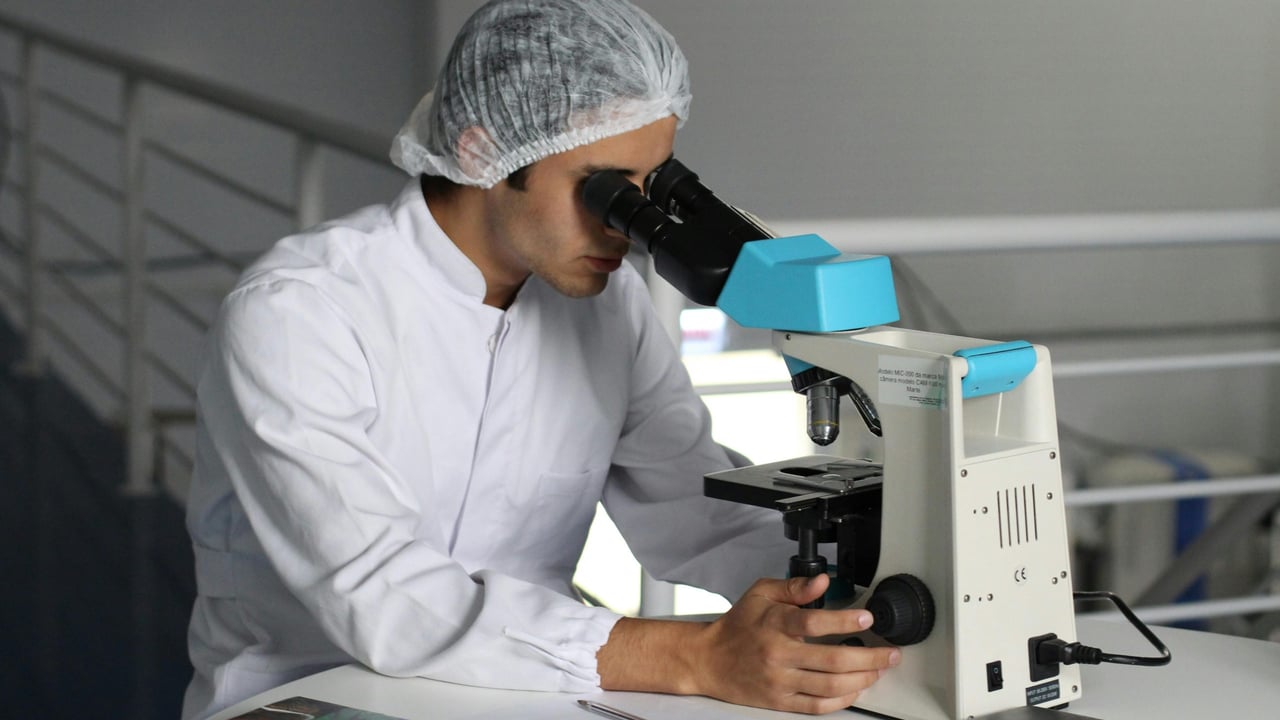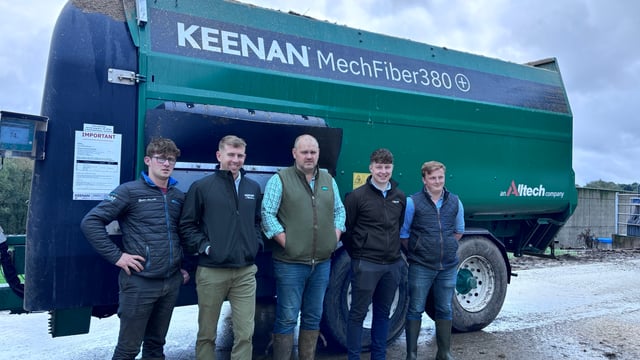DAFM food chemistry labs selected for EU working group
Department of Agriculture, Food and the Marine (DAFM) laboratories have been selected for an "elite" EU working group.
The laboratories in the department’s food chemistry division are one of only four National Reference Laboratories in the EU to join a working group on the use of a scientific technique for the analysis of veterinary medicines.
The working group will set out guidance on the use of High-Resolution Accurate Mass (HRAM) Mass Spectrometry in EU legislation.
The technique aims to ensure that any food which is placed on the market is free from pesticide and veterinary drug residues, allowing consumers to be confident that the food they eat is free from contaminants and is therefore safe to consume.
Furthermore, a member of the division, Ian Kelleher, has been invited to speak at the North American Chemical Residue Workshop 2025 taking place from the July 27 to 30 in South Carolina.
The event is a global annual meeting of scientists working in trace-level analysis of pesticides, veterinary drug residues, and other chemicals.
The food chemistry division, led by Jim Garvey, was established in 2019 to centralise all food chemistry activities carried out in the department and to create a centre of excellence for food chemistry.
Commenting on the achievement, Minister for Agriculture, Food and the Marine, Martin Heydon said: “I want to congratulate the food chemistry division on its recent accomplishment, which places Ireland in a significant position of influence on the global stage."
Minister of State with responsibility for food promotion, new markets, research and development, Noel Grealish said it is a "great honour that the members of this team now have the opportunity to showcase their skills and knowledge on a wider scale through the working group".
"I am confident that the level of professional experience and expertise brought forward to the group will have a valuable impact on the future of veterinary medicine analysis in the EU," he added.
The HRAM Mass Spectrometry technique allows molecules to be identified with very high confidence. Once identified, the molecules can be quantified and compared against legal limits.
The food chemistry division’s laboratories recently completed a major project in which they established multi-class methods for the analysis of 88 antibacterial substances in muscle, milk, eggs and honey.
These multi-class methods allow for the analysis of a number of different classes of antibacterial substances in one analytical method.
The laboratories have now commenced a project to further expand the scope of this method to cover other veterinary medicines such as non-steroidal anti-inflammatory drugs, coccidiostats, nitroimidazoles, carbadox, olaquindox and dual-use pesticides.
This means that every sample can be screened for a much wider range of veterinary medicines (up to 200), once again ensuring that the consumer has confidence that the food they eat is residue-free, DAFM said.





